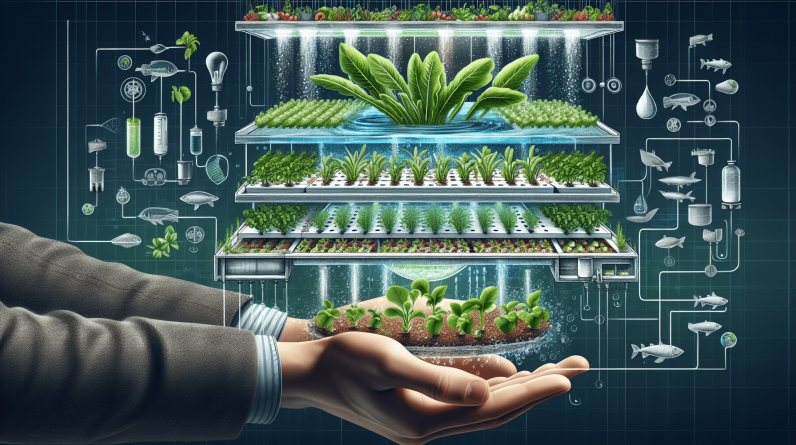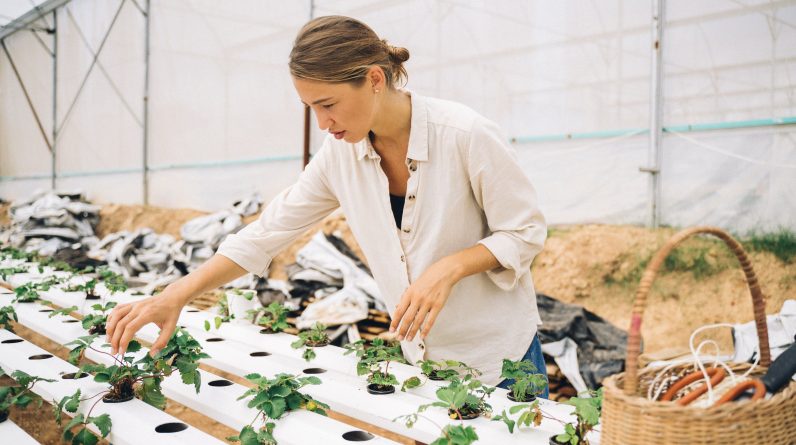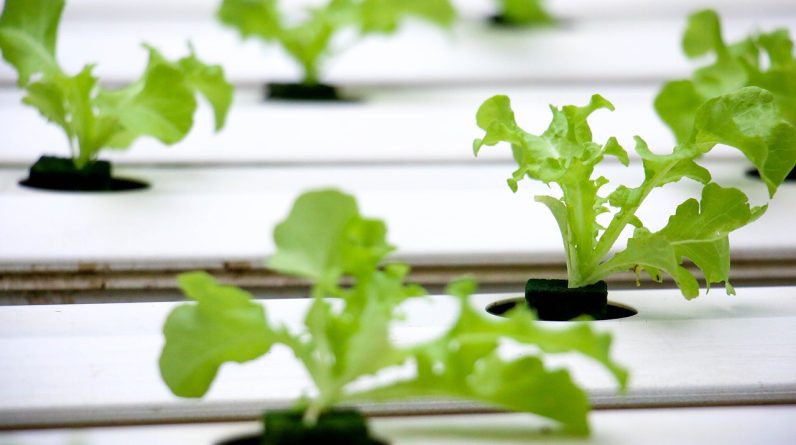
Are you looking for a more efficient and sustainable way to grow your plants? Look no further than hydroponic growing systems. These innovative systems eliminate the need for soil and instead use a nutrient-rich water solution to nourish your plants. But with so many options available, how do you choose the right hydroponic system for your plants? In this article, we will explore the different types of hydroponic systems and provide tips on selecting the one that best suits your plant’s needs. So get ready to take your gardening to new heights with hydroponics!
Understanding Hydroponics
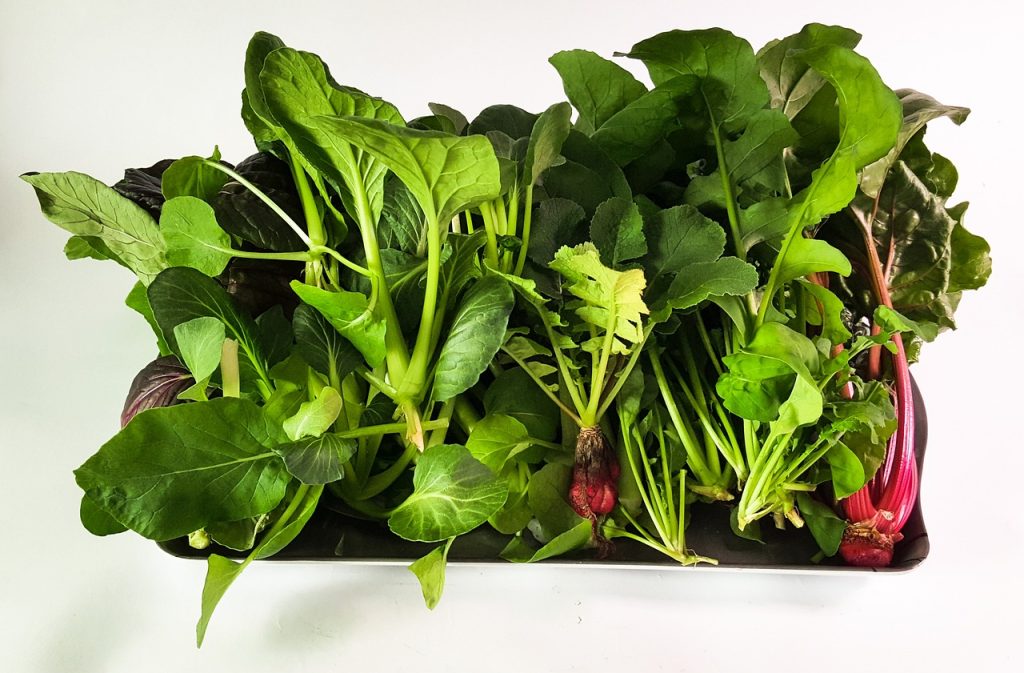
What is Hydroponics?
Hydroponics is a method of growing plants without soil. Instead, plants are grown in a nutrient-rich water solution that provides all the essential minerals and elements they need to thrive. This innovative approach to gardening has gained popularity in recent years due to its many benefits and ability to produce higher yields compared to traditional soil-based growing methods.
Advantages of Hydroponic Growing
One of the main advantages of hydroponic growing is the ability to have complete control over the growing conditions. By providing plants with the optimal nutrient levels, pH balance, and water supply, you can maximize their growth potential and minimize the risk of pests and diseases. Hydroponics also allows for higher plant density, meaning more plants can be grown in a smaller space, making it ideal for urban or limited area gardening. Additionally, hydroponic systems use significantly less water than traditional farming methods, making them more environmentally friendly.
Types of Hydroponic Systems
There are several types of hydroponic systems, each with its own unique benefits and considerations. Let’s explore some of the most popular ones:
Nutrient Film Technique (NFT)
In an NFT system, a thin film of nutrient-rich water continuously flows over the roots of the plants. This provides a constant supply of nutrients while allowing the roots to receive oxygen from the air. NFT systems are known for their simplicity and effectiveness, making them a popular choice for beginners.
Drip Irrigation System
The drip irrigation system, as the name suggests, delivers a nutrient solution to the plants through a network of drip emitters. This system allows for precise control over the amount of water and nutrients each plant receives, making it suitable for a wide range of plant types and growth stages.
Aeroponics
Aeroponics takes hydroponic growing to the next level by suspending plant roots in a mist or fog of nutrient solution. This method promotes rapid growth and reduces water usage, as the roots have direct access to the nutrients and oxygen in the air. However, aeroponics can be more complex and costly to set up compared to other systems.
Ebb and Flow System
Also known as flood and drain, the ebb and flow system periodically floods the plant roots with nutrient solution and then drains it away. This cycle ensures that the roots receive both water and oxygen, providing an ideal environment for plant growth. Ebb and flow systems are versatile and can be customized to accommodate different plant sizes and growth rates.
Wick System
The wick system is one of the simplest and most affordable hydroponic systems. It relies on a capillary action where a wick absorbs nutrient solution from a reservoir and delivers it to the plants’ roots. While effective for smaller plants, the wick system may struggle to provide adequate nutrients for larger or more demanding plants.
Deep Water Culture (DWC)
DWC is a popular hydroponic system where plant roots are suspended directly in a nutrient solution with constant aeration. The oxygen-rich environment promotes rapid growth and healthier plants. DWC systems are relatively easy to set up and maintain, making them suitable for beginners.
Factors to Consider Before Choosing a Hydroponic System
Plant Type and Growth Requirements
Different plants have varying nutrient and environmental requirements, so it’s crucial to choose a hydroponic system that can adequately meet these needs. Some plants prefer a constant flow of nutrient solution (NFT), while others thrive with occasional flooding (ebb and flow). Research your plant species and understand their specific growth requirements before selecting a system.
Space Availability
Consider the amount of space you have available for your hydroponic setup. Some systems, like NFT or aeroponics, are more compact and vertically stackable, which is great for small spaces. On the other hand, larger systems like ebb and flow or DWC may require more horizontal space. Plan your hydroponic garden layout accordingly.
Budget
Your budget will play an important role in determining which hydroponic system is right for you. Systems like NFT or wick are generally more affordable, while aeroponics or ebb and flow systems can be more costly due to additional equipment and materials required. Consider the initial setup cost, as well as the ongoing operational costs, such as electricity, water, and nutrients.
Level of Experience
If you’re new to hydroponics, it’s recommended to start with simpler systems like NFT or DWC. These systems require less maintenance and are more forgiving to beginner mistakes. As you gain more experience and knowledge, you can explore more advanced systems like aeroponics or ebb and flow.
Time Commitment
Different hydroponic systems require different levels of maintenance and attention. Consider how much time you can dedicate to your hydroponic garden. Some systems, like aeroponics or drip irrigation, require more hands-on monitoring and adjustments. Others, like NFT or wick, are more self-sufficient and require less frequent attention.
Types of Hydroponic Growing Systems
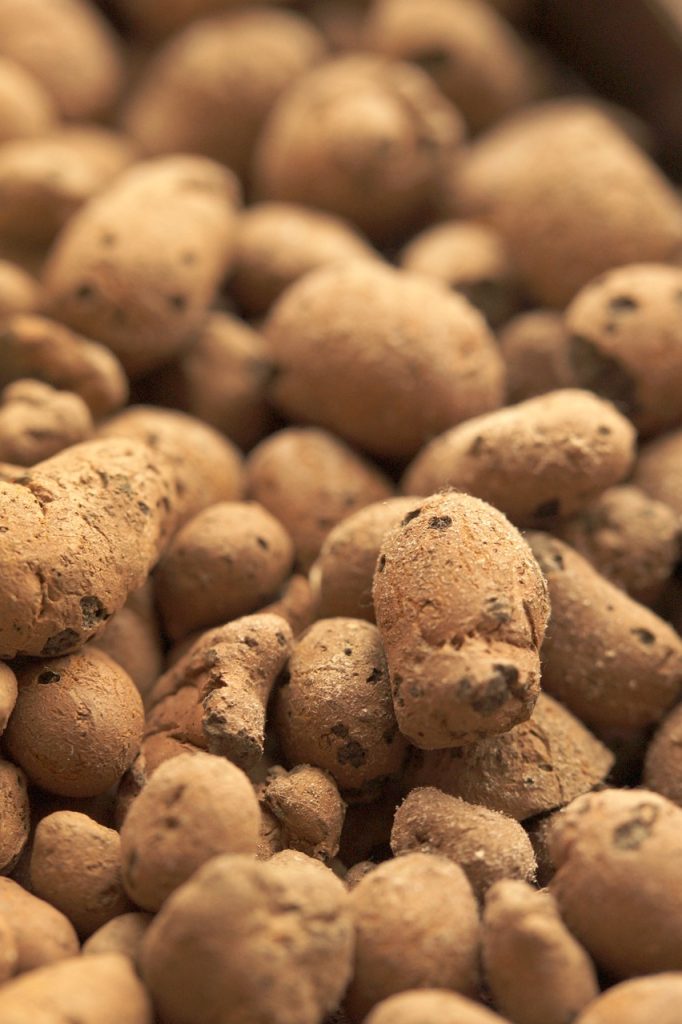
Nutrient Film Technique (NFT)
The NFT system involves a continuous thin film of nutrient solution flowing over the plant roots, providing a constant supply of nutrients and oxygen. This hydroponic system is ideal for shallow-rooted plants and offers simplicity and efficiency. The nutrient film technique requires a slightly downward slope to enable proper nutrient flow and prevent any stagnant water.
Drip Irrigation System
The drip irrigation system delivers a nutrient solution directly to each plant through a network of drip emitters. This system allows for precise control over the amount of water and nutrients each plant receives. It is versatile and can be used for a wide range of plant sizes and growth stages.
Aeroponics
Aeroponics takes hydroponic growing to the next level by suspending plant roots in a mist or fog of nutrient solution. The roots are misted at regular intervals, ensuring they receive oxygen and water directly from the air. Aeroponics promotes fast growth and reduces water consumption compared to other systems. However, it requires a more advanced setup and careful control of the misting cycles.
Ebb and Flow System
Also known as flood and drain, the ebb and flow system periodically floods the plant roots with nutrient solution and then drains it away. This cycle provides the roots with both water and oxygen. Ebb and flow systems are versatile and suitable for a wide range of plant types and sizes. They can be easily customized to accommodate different growth rates or plant requirements.

Wick System
The wick system is one of the simplest and most affordable hydroponic systems. It relies on a capillary action, where a wick absorbs nutrient solution from a reservoir and delivers it to the plant roots. Wick systems are suitable for smaller plants or herbs, but may struggle to provide sufficient nutrients for larger or more demanding plants.
Deep Water Culture (DWC)
DWC is a popular hydroponic system where plant roots are suspended directly in a nutrient solution with constant aeration. The oxygen-rich environment promotes rapid growth and healthier plants. DWC systems are relatively easy to set up and maintain, making them suitable for beginners. However, regular monitoring of oxygen levels is necessary to prevent root rot.
Nutrient Delivery Method
Liquid-Based Nutrient Solutions
Liquid-based nutrient solutions are the most common and widely used method in hydroponics. They consist of water mixed with balanced nutrient solutions, providing the necessary elements for plant growth. These solutions are easily absorbed by plant roots and allow for precise control over nutrient levels. Liquid nutrients are typically added to the water reservoir of the hydroponic system, where they are continuously circulated or delivered through irrigation.
Media-Based Nutrient Solutions
Media-based nutrient solutions, also known as solid media, involve using an inert substance, such as coconut coir, perlite, or rockwool, to anchor the plants’ roots. The nutrient solution is spread or dripped onto the growing medium, allowing the roots to absorb the required nutrients. This method provides a more stable growing environment and can help retain moisture around the roots.
System Size and Scalability
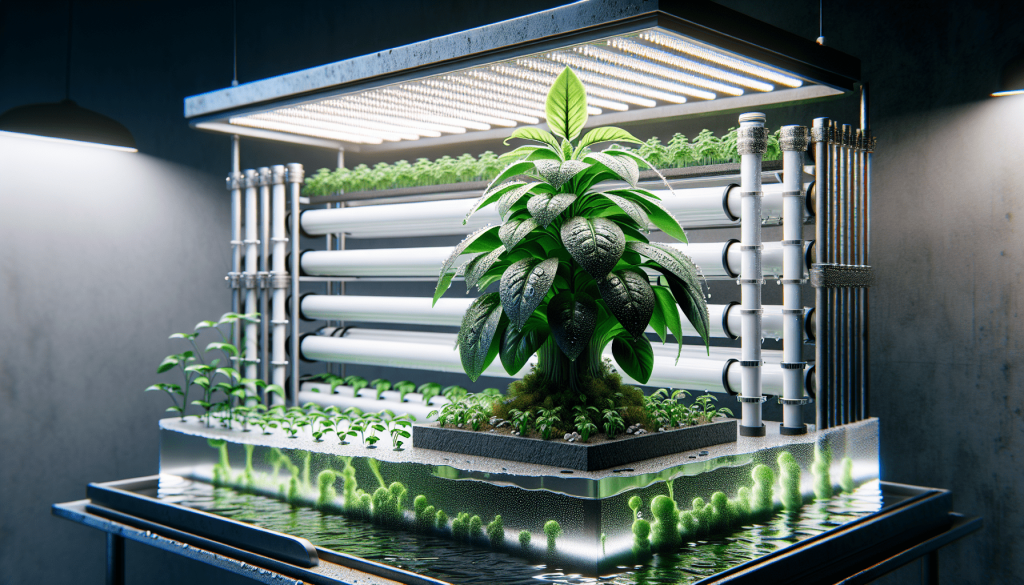
Small-Scale Systems for Home or Personal Use
If you’re interested in hydroponics for home or personal use, smaller-scale systems are a great starting point. Systems like NFT, wick, or DWC can be easily set up on a countertop or even a windowsill. These systems require minimal space, making them suitable for apartments or small gardens. They are also more budget-friendly and less demanding in terms of time and maintenance.
Large-Scale Systems for Commercial Production
For commercial hydroponic farming or larger-scale production, more advanced systems like aeroponics, ebb and flow, or drip irrigation are commonly used. These systems are designed to accommodate a larger number of plants and can be customized to meet the specific needs of different crop varieties. However, they require more space, infrastructure, and investments in monitoring and control equipment.
Lighting Options
Natural Light
Depending on your growing location and the availability of sunlight, natural light can be a viable option for your hydroponic garden. However, it’s important to consider factors like seasonal changes, shade, and the number of daylight hours in your area. Some plants may also require specific light spectrums or extended periods of light, which might not be achievable with natural light alone.
Artificial Lighting
Artificial lighting, such as LED grow lights, is commonly used in hydroponics to provide consistent and controllable light sources for plants. LED grow lights are energy-efficient and emit specific wavelengths of light that cater to the different stages of plant growth. They can be adjusted in intensity and spectrum to mimic natural sunlight and promote healthy plant development. When using artificial lighting, it’s essential to calculate the required light intensity and duration based on your plants’ needs.
Automation and Control

Manual vs. Automated Systems
Hydroponic systems can vary in their level of automation and control. Some systems require manual adjustments and monitoring, such as nutrient level checks or pH balancing. These manual systems offer more hands-on involvement and allow for customization but require more time and effort. On the other hand, automated systems are equipped with sensors and controllers that monitor and adjust various parameters, such as nutrient levels, pH, and temperature. These automated systems offer convenience and precision but come at a higher cost.
Monitoring and Control Equipment
To maintain optimal growing conditions, it’s essential to have the right monitoring and control equipment in place. This can include pH meters, conductivity meters, temperature sensors, timers, and nutrient dosing systems. These tools help ensure that your plants receive the right balance of nutrients, light, and environmental conditions. Invest in quality equipment and regularly calibrate and maintain them to achieve accurate and reliable readings.
Maintenance and Troubleshooting
Cleaning and Sterilization
Regular cleaning and sterilization are crucial for maintaining a healthy hydroponic system. This involves removing any debris, dead plant matter, or algae buildup from the system. It’s recommended to periodically flush the system with clean water or a diluted hydrogen peroxide solution to inhibit the growth of harmful bacteria or diseases. Additionally, sanitize any tools or equipment used in the hydroponic setup to prevent cross-contamination.
Preventing and Managing Plant Diseases
In a hydroponic system, plant diseases can spread quickly if not properly managed. To prevent diseases, maintain good hygiene practices, such as ensuring clean water and nutrient solutions, and regularly inspecting and removing any infected or diseased plants. If diseases occur, isolate affected plants and treat them promptly using appropriate organic or chemical treatments. Proper ventilation and air circulation also help reduce the risk of diseases.
Addressing Nutrient Deficiencies
A key advantage of hydroponics is the ability to closely monitor and adjust nutrient levels. Nutrient deficiencies can occur when plants do not receive adequate amounts of essential minerals. Common deficiencies include nitrogen, phosphorus, potassium, iron, or calcium. Regularly test and monitor nutrient levels, and adjust the nutrient solution accordingly to prevent deficiencies. Adding a balanced nutrient solution or adjusting the pH level can often address nutrient deficiencies.
Checking pH and Nutrient Levels
Maintaining the correct pH level is crucial for ensuring proper nutrient uptake by the plants’ roots. Most plants prefer a slightly acidic pH range, around 5.5 to 6.5. Regularly test the pH level of your nutrient solution and make adjustments using pH-up or pH-down solutions. Similarly, monitor the concentration of nutrients in the solution using conductivity or nutrient meters. By regularly checking and adjusting pH and nutrient levels, you can optimize plant growth and minimize potential problems.
Environmental Factors
Temperature
Temperature plays a vital role in plant growth and development. Different plants have specific temperature preferences, so it’s important to maintain the appropriate temperature range in your hydroponic system. Most plants thrive in temperatures between 65°F (18°C) and 75°F (24°C). Invest in a thermometer and ensure your growing area has proper insulation and ventilation to regulate the temperature. Cooling or heating devices may be necessary, depending on your climate and the specific needs of your plants.
Humidity
Humidity levels can significantly impact plant transpiration and nutrient uptake. Most plants prefer a relative humidity (RH) range of 40% to 60%. Higher humidity levels can increase the risk of fungal diseases, while low humidity can cause water stress in plants. Use a hygrometer to monitor humidity and employ strategies like misting or using a dehumidifier to maintain optimal humidity levels in your hydroponic environment.
Air Circulation
Effective air circulation is crucial for maintaining a healthy hydroponic system. Stagnant air can lead to poor oxygenation, increased humidity, and a higher risk of pests and diseases. Use fans or ventilation systems to promote air movement within the growing area. This helps prevent the formation of mold or mildew and ensures efficient gas exchange for the plant roots. Proper air circulation also aids in temperature regulation and reduces the risk of plant stress.
Cost Considerations
Initial Setup Cost
Hydroponic systems can vary significantly in terms of initial setup costs. Simple systems like NFT or wick can be relatively inexpensive, especially if you opt for DIY solutions. On the other hand, more advanced systems like aeroponics or large-scale commercial setups can require substantial investments in equipment, infrastructure, and automation technology. Consider your budget and choose a system that aligns with your financial capabilities.
Operational Costs
In addition to the initial setup costs, it’s important to consider the ongoing operational costs of your hydroponic system. Electricity costs for lighting and ventilation, water consumption, nutrient solutions, and maintenance supplies should all be taken into account. Efficient management of resources, such as using energy-saving LED lights or recycling water, can help reduce operational costs in the long run.
Return on Investment
While hydroponic systems initially require investment, they can offer a significant return on investment (ROI) over time. Through increased plant yields, reduced water usage, and optimized growth conditions, hydroponics can lead to higher profitability for commercial growers. By carefully calculating your expected yields, market prices for your crops, and operational costs, you can assess the potential ROI of your hydroponic venture.
In conclusion, understanding hydroponics is essential before investing in a system. Consider factors such as plant type, space availability, budget, experience level, and time commitment when selecting a hydroponic system. There are various types of systems, nutrient delivery methods, and lighting options to choose from, depending on your needs and preferences. Maintenance and troubleshooting, along with careful monitoring of environmental factors, are key to successful hydroponic gardening. Finally, consider the initial setup and operational costs, as well as potential return on investment, to make an informed decision that aligns with your goals and resources. Happy hydroponic growing!



